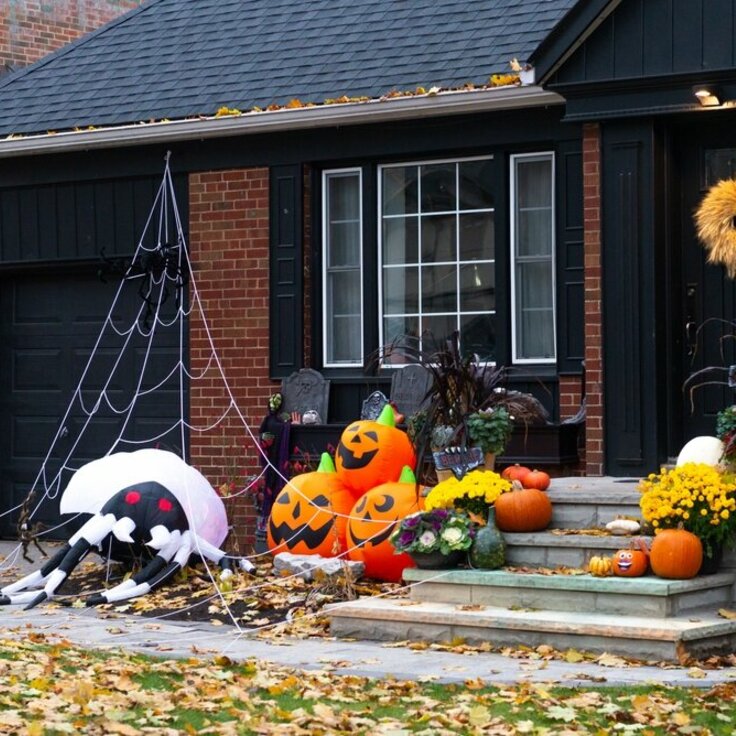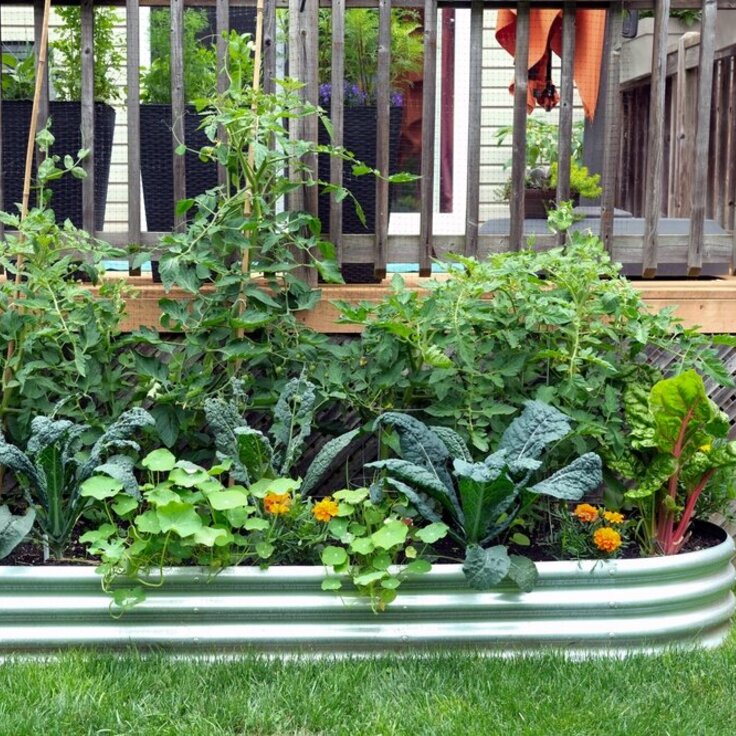Keep on Propagating
The arrival of spring is an exciting time for gardeners (okay, sometimes frenetic) because it's a time for starting anew -- new gardens, new plants, new hopes and dreams. Then the summer rolls along and we slide into maintenance mode, which, frankly, can be boring. We feel let down, not energized. But our gardens hold lots of opportunities for nurturing new things to life all summer long, we don't have to wait until next year to feel the spring high again. There's propagation potential everywhere you look, and it might even help ease the spring planting frenzy to get a head start now.
Collect and Sow Perennial Seeds
Some early-blooming perennials, such as lupines, columbines, and delphiniums, have finished their first flush of blooms and are forming seedpods. This is a good time to think about propagating your favorites. Instead of deadheading all flowers, leave some to form seedpods, and when they turn dark and dry, shake each pod into a paper bag and label it.
Start seeds in containers and overwinter in a cold frame or sow directly in a nursery bed. Protect young plants with mulch over the winter, then move plants to their permanent locations in the spring. Or store the seed until late winter and sow it indoors.
Start Biennials from Seed
For biennials, such as hollyhocks, sweet William, Canterbury bells, and foxgloves, sowing the seeds outdoors now will assure that they are mature enough to bloom next year.
Collect Annual Seeds
Many annuals will do you the favor of self-sowing in your gardens, but you can help them along and choose where to feature them. Snapdragons and pansies often self-sow. Transplant them in summer and they will freely seed into a new area. You can also collect seed from larkspur, cleome, Verbena bonariensis ,nicotiana, cosmos, gloriosa daisy(Rudbeckia hirta), among others.
Divide Iris and Poppies
Unlike most perennials, Oriental poppies and bearded iris do best when divided in midsummer. Renovate an overcrowded planting of bearded iris by cutting back the tops to 6 inches. Then use a digging fork to loose and lift the entire clump. Cut the rhizomes into 3-4 inch sections with a sharp knife, making sure each section has at least one fan of leaves and some healthy roots. Replant so the rhizomes are just at the soil surface, spacing them 12 inches apart. Discard the old rhizomes from the center of the clump and any rhizome sections that are soft or borer infested.
To divide dormant Oriental poppies, dig up the entire clump and cut into divisions 4 to 6 inches across. If you don't want to disturb your existing clump, simply remove a section of roots from the edge of the clump with a spade.
Try Stem Layering
Propagate your favorite roses, spireas, forsythias, and other shrubs with flexible branches by bending a branch along the ground and removing the leaves around a node that touches the soil. Loosen the soil in that spot and add some peat moss. Cut a tiny slit in the stem just below the node and insert a toothpick to keep it open. Dust the opening with rooting hormone powder, then lay the wound onto the soil and top it with more peat moss and soil mixture. Hold the stem down with a rock, and keep the soil moist. When roots have formed around the wound, cut the stem from the mother plant and move it to a garden bed where it has room to grow for a year or two until it's big enough to live among more established plantings.
Plan for Dividing Perennials
If you have many daylilies that are due for dividing in the fall, make note of the flower colors now while they are in bloom, so you know where to show them off to best advantage. Mark each plant with a stake designating the color or make a diagram with the locations of the plants and their colors specified. Fall is also to move or divide peonies.








